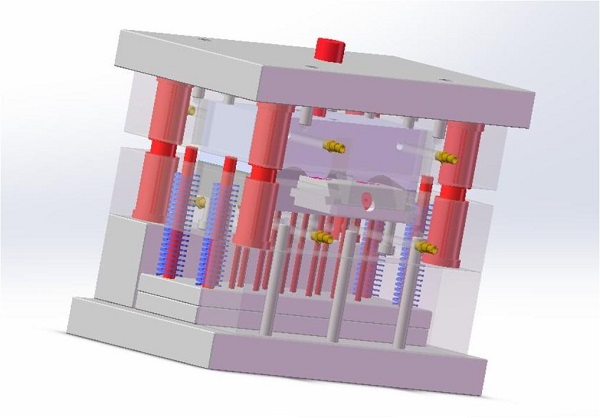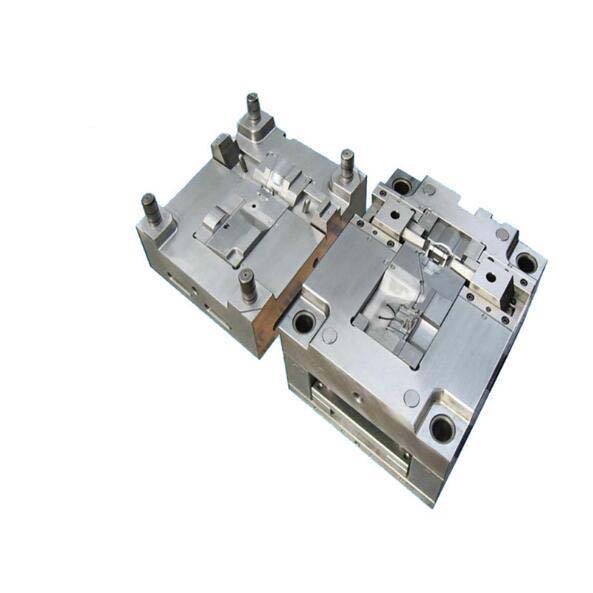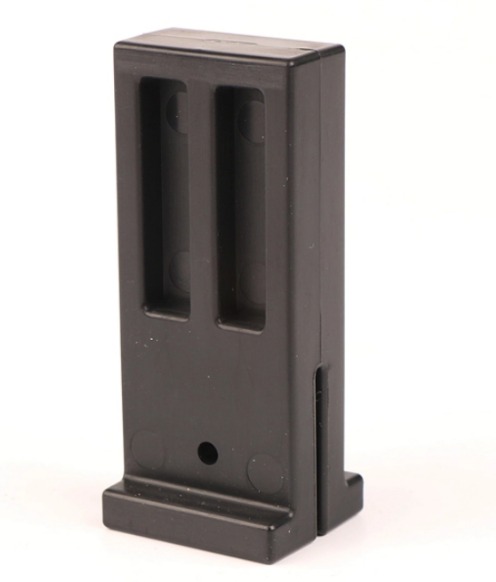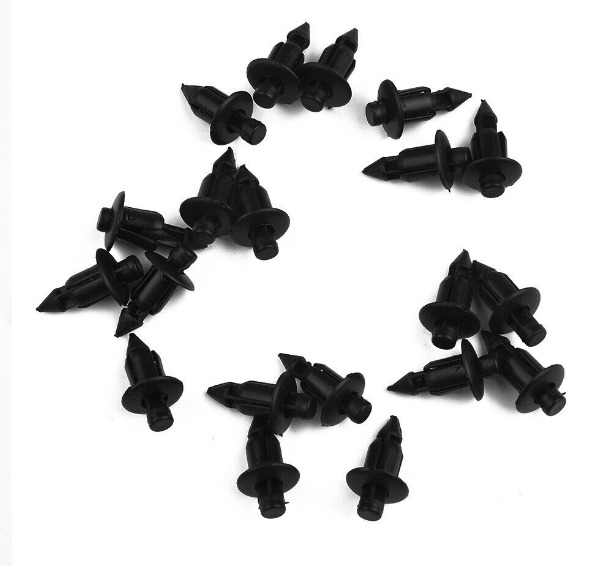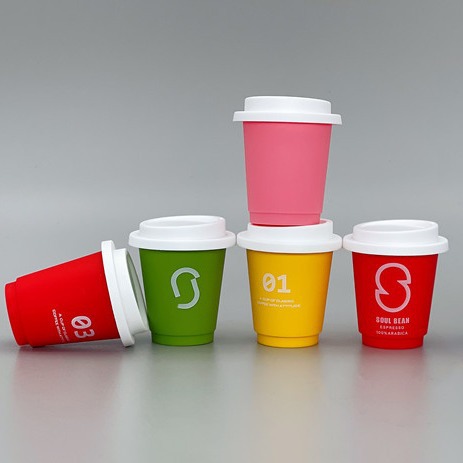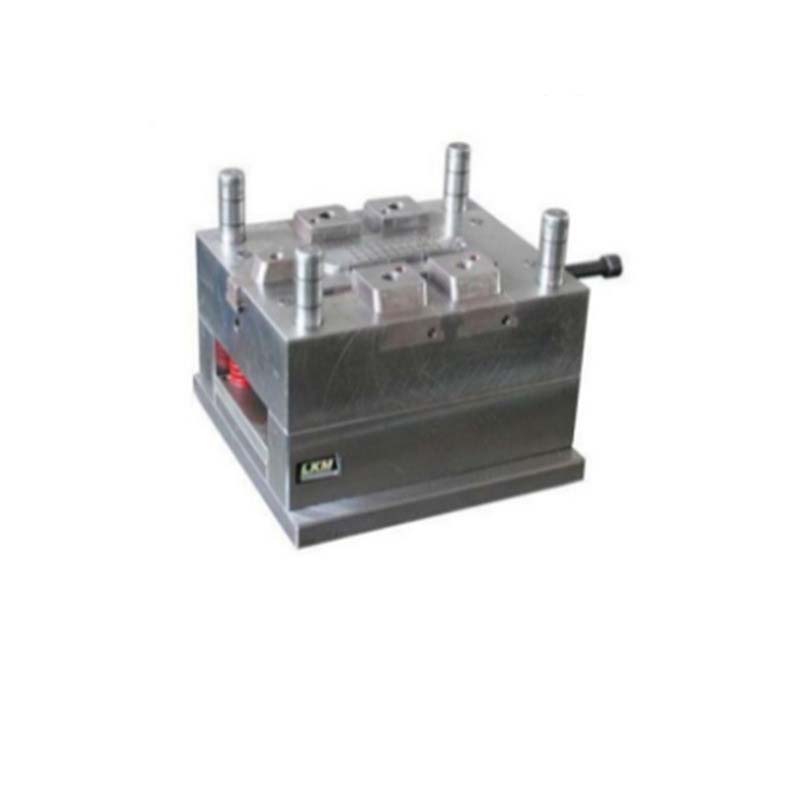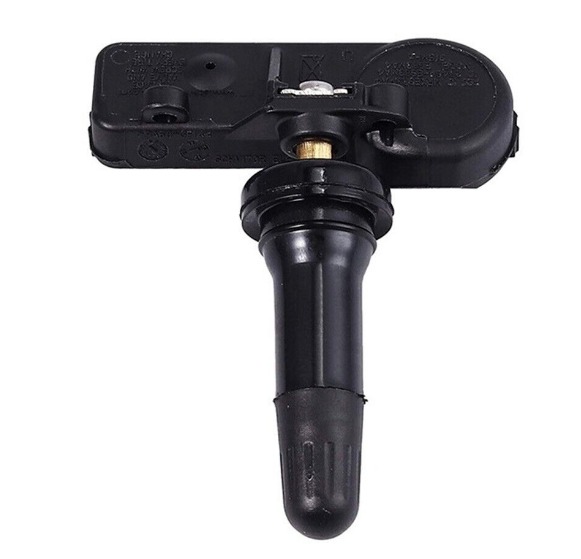What is TPR Overmolding Mold
TPR, or Thermoplastic Rubber, is a unique material that combines the properties of rubber and plastic. It offers the flexibility and elasticity of rubber, along with the processability and recyclability of plastic. This makes it an ideal choice for a wide range of applications, from consumer products to industrial components.
Overmolding, on the other hand, is a manufacturing process where one material is molded over another. In the case of TPR overmolding, TPR is molded over a substrate, which could be plastic, metal, or even another type of rubber. This process creates a strong bond between the two materials, resulting in a product that has enhanced functionality and durability.
To illustrate this, think of a toothbrush. The handle of the toothbrush is usually made of hard plastic for strength and rigidity, while the grip area is made of TPR. Through the overmolding process, the TPR is molded onto the plastic handle. This not only provides a comfortable and non - slip grip for the user but also adds an extra layer of protection to the handle. Another example is a pair of safety goggles. The frame is often made of a rigid material, and the parts that come in contact with the face, like the nose pads and the temple tips, are made of TPR through overmolding. This ensures a snug and comfortable fit while also protecting the face from impacts.
Key Features of TPR Overmolding Mold
1. Material Compatibility
One of the most significant advantages of TPR overmolding mold is its excellent material compatibility. TPR can be overmolded onto a wide variety of substrates, including plastics like ABS (Acrylonitrile Butadiene Styrene), PP (Polypropylene), and PC (Polycarbonate), as well as metals such as aluminum and stainless steel.
For instance, when TPR is overmolded onto ABS plastic, the resulting product shows a remarkable improvement in impact resistance. Tests have shown that the impact strength of the TPR - overmolded ABS is about 30% higher than that of pure ABS. This is because the TPR layer can effectively absorb and disperse impact energy, protecting the underlying ABS substrate. In a study where samples of pure ABS and TPR - overmolded ABS were subjected to a drop test from a height of 1 meter, the pure ABS samples had a failure rate of 20% after 10 drops, while the TPR - overmolded ABS samples had a failure rate of only 5% after the same number of drops.
This compatibility also extends to different types of rubber. TPR can be combined with natural rubber or other synthetic rubbers to create materials with unique properties. For example, when combined with natural rubber, the TPR - natural rubber blend can have enhanced elasticity and tear resistance, making it suitable for applications like industrial gaskets.
2. Design Flexibility
TPR overmolding mold offers unparalleled design flexibility. Manufacturers can create complex and intricate shapes that were previously difficult or impossible to achieve with traditional molding methods.
Take the example of a consumer electronics device. The housing of a smartphone might have a hard plastic body for structural integrity, but with TPR overmolding, the edges and corners can be designed to have a soft - touch, shock - absorbing TPR layer. This not only improves the grip for the user but also provides better protection against drops. The TPR can be molded into various textures, such as a ribbed pattern for a better grip or a smooth, sleek finish for an elegant look.
In the automotive industry, TPR overmolding is used to create custom - designed interior components. For example, the steering wheel can have TPR - overmolded grips that are ergonomically designed to fit the hand perfectly. The TPR can be colored to match the interior decor of the car, and different patterns can be incorporated into the design to enhance the aesthetic appeal.
3. Cost - effectiveness
In the long - term, TPR overmolding mold can be highly cost - effective. Although the initial investment in the mold may be relatively high, the overall production costs can be significantly reduced over time.
Let's consider the cost of production for a plastic - metal composite product. If produced using traditional methods, multiple steps such as separate molding of the plastic and metal parts, followed by assembly, are required. This involves additional labor costs, as well as the cost of adhesives or mechanical fasteners for assembly. In contrast, with TPR overmolding, the process is more streamlined. A case study of a company that produces small - scale electronic enclosures found that by switching to TPR overmolding, they reduced their production costs by 25%. The reduction came from eliminating the need for secondary assembly operations, reducing the amount of material waste, and improving production efficiency.
Moreover, TPR is a recyclable material. This means that any scrap or waste generated during the production process can be recycled and reused, further reducing the overall material costs. The recyclability of TPR also aligns with the growing trend towards sustainable manufacturing, which can be a selling point for products in the market.
Applications of TPR Overmolding Mold
1. Consumer Electronics
TPR overmolding mold has found extensive applications in the consumer electronics industry. One of the most common examples is the production of smartphone cases. A hard plastic shell forms the main structure of the case, providing protection against scratches and impacts. However, adding a layer of TPR through overmolding significantly enhances the grip and shock - absorption capabilities of the case.
According to a market research report, about 70% of high - end smartphone cases on the market today use TPR overmolding technology. This not only improves the user experience but also increases the product's marketability. For instance, some cases have TPR - overmolded edges that can withstand a drop from a height of 1.5 meters without causing damage to the phone inside, as tested in a laboratory setting.
In addition to smartphone cases, TPR overmolding is also used in the production of other consumer electronics accessories such as earphone housings. The TPR layer on the earphone housings can provide a more comfortable fit in the ear and also reduce the risk of the earphones slipping out during use.
2. Automotive Industry
In the automotive industry, TPR overmolding mold is widely used for manufacturing various interior and exterior components. Interior components like steering wheel grips, gear shift knobs, and door handles often feature TPR overmolding. The TPR layer on the steering wheel grip, for example, offers a better grip for the driver, improving driving safety. It also enhances the overall comfort, especially during long - distance driving.
Exterior components such as bumper edges and door seals can also be made using TPR overmolding. These TPR - overmolded parts can better withstand impacts and environmental factors compared to traditional single - material components. A study on automotive component durability showed that TPR - overmolded bumper edges had a 40% longer lifespan compared to non - overmolded ones when subjected to repeated low - speed impact tests.
3. Medical Devices
The medical device field benefits greatly from TPR overmolding mold technology. TPR materials used in medical devices offer several advantages, including biocompatibility, chemical resistance, and ease of sterilization.
For example, in the production of medical grips for surgical instruments, TPR overmolding provides a non - slip surface, allowing surgeons to have better control during operations. The biocompatible nature of TPR ensures that it does not cause any adverse reactions when in contact with the human body. Additionally, TPR - overmolded components in medical devices can be easily sterilized using methods such as autoclaving or chemical sterilization, meeting the strict hygiene and safety requirements of the medical industry. In fact, over 80% of new - generation surgical instrument grips are made using TPR overmolding technology, according to industry statistics.
Yigu Technology's View
As a non - standard plastic metal products custom supplier, Yigu Technology highly values the role of TPR overmolding mold. We believe that TPR overmolding mold plays a crucial part in meeting the diverse needs of our customers. Its material compatibility allows us to combine different materials according to specific product requirements, providing solutions for products with high - performance demands.
In terms of design flexibility, we see great potential for innovation. Our design team can take full advantage of the features of TPR overmolding mold to create unique product designs. This not only meets the functional requirements of products but also adds aesthetic value, enhancing the competitiveness of products in the market.
Moreover, considering cost - effectiveness, we are committed to optimizing the production process with TPR overmolding mold. By reducing production steps and material waste, we can help customers achieve cost - savings while maintaining product quality.
